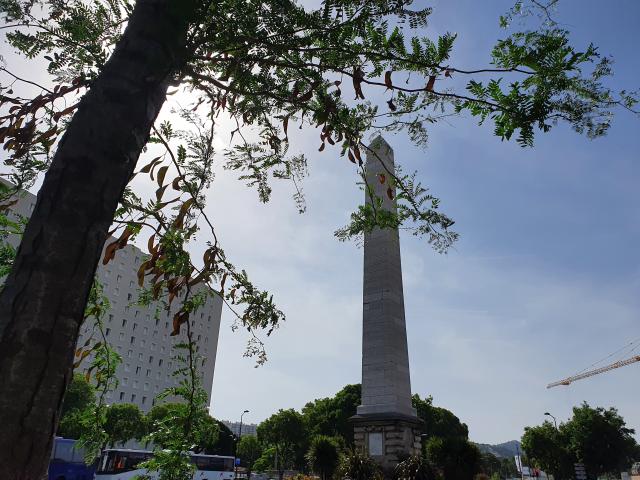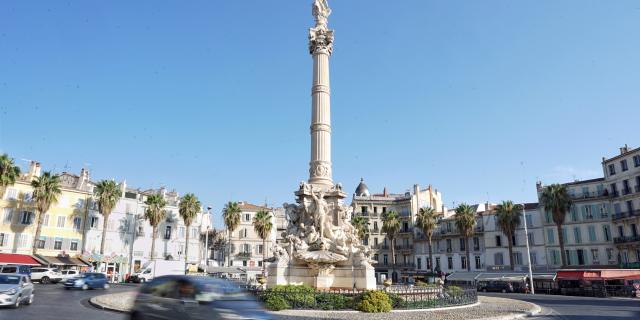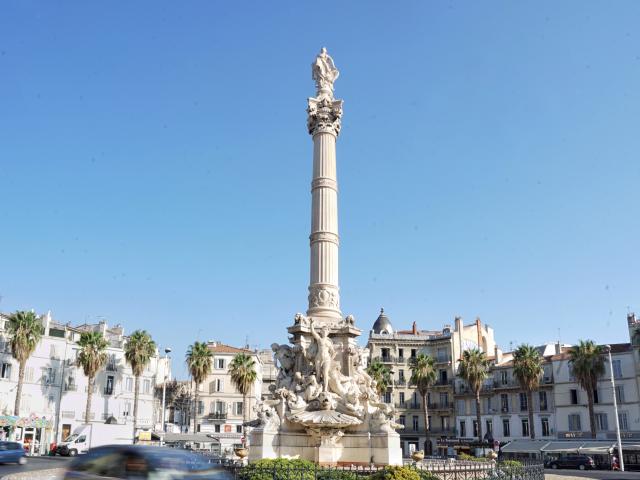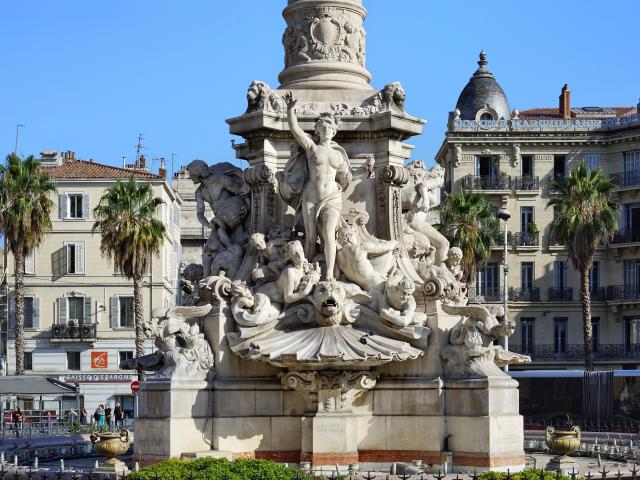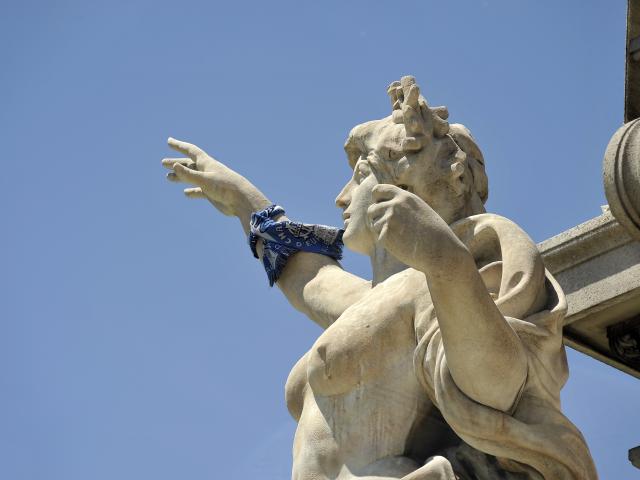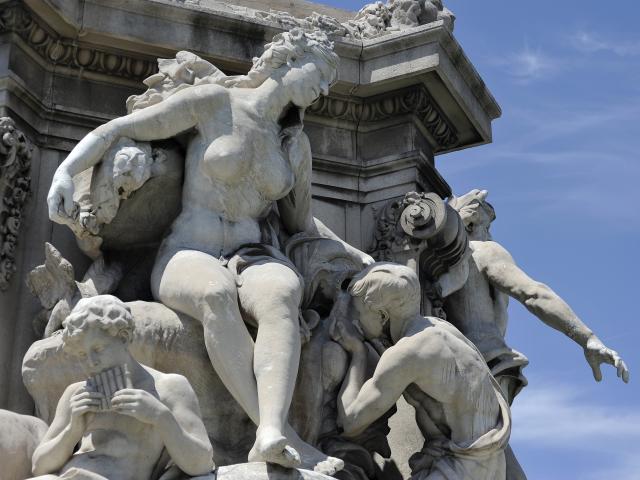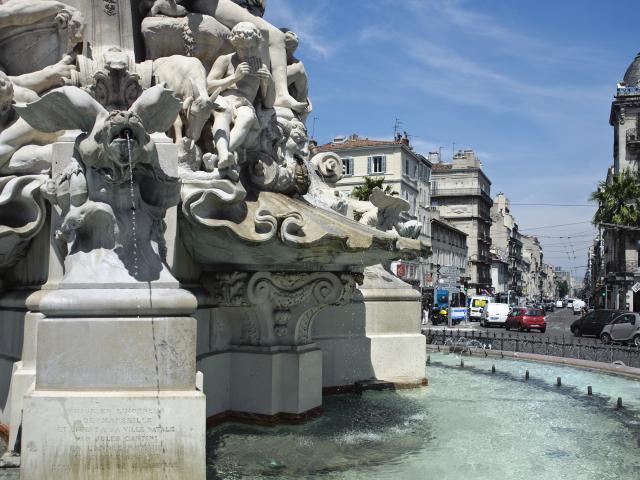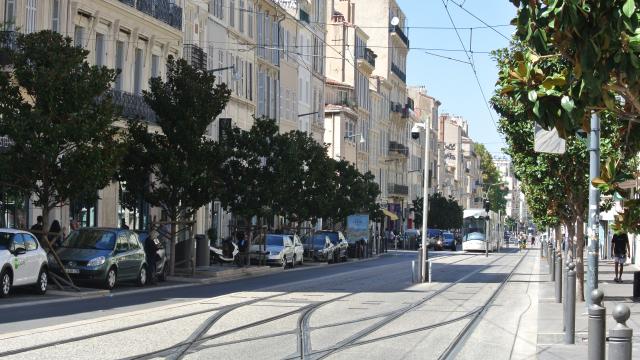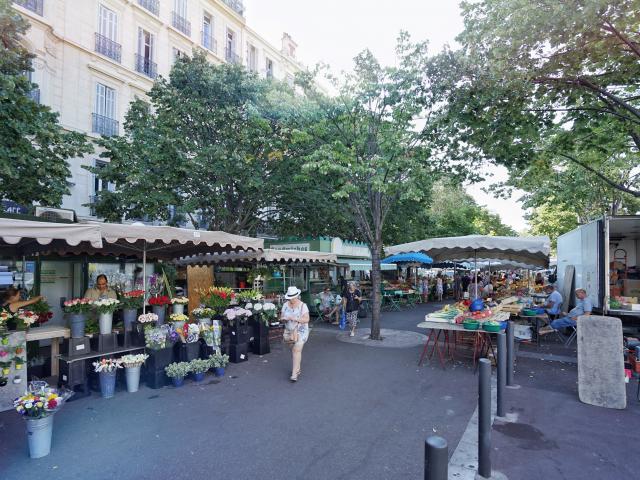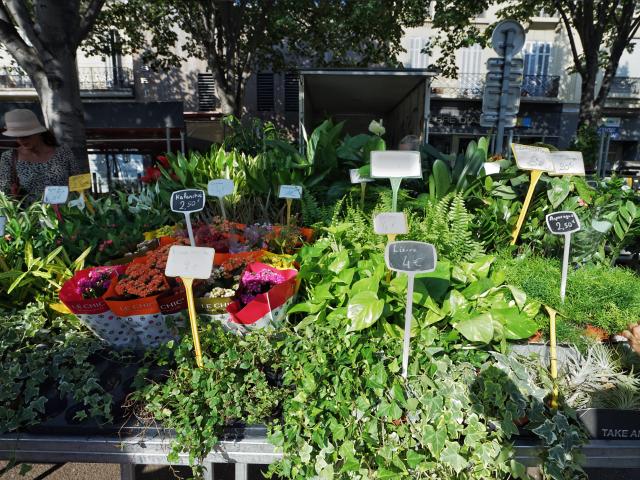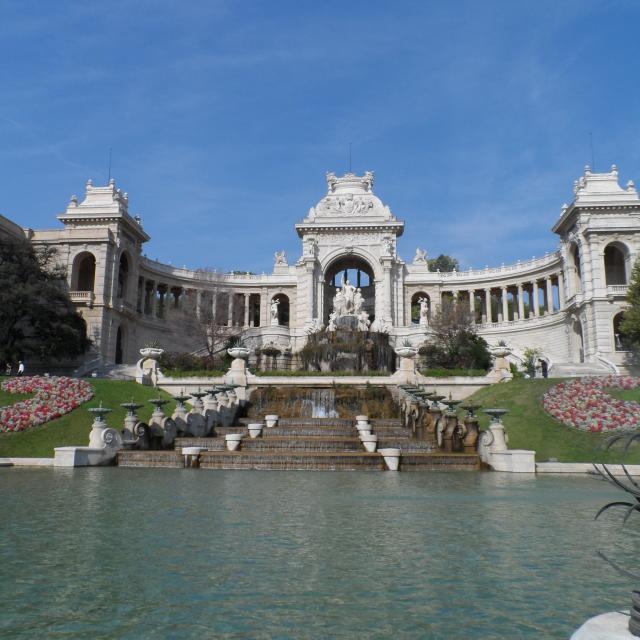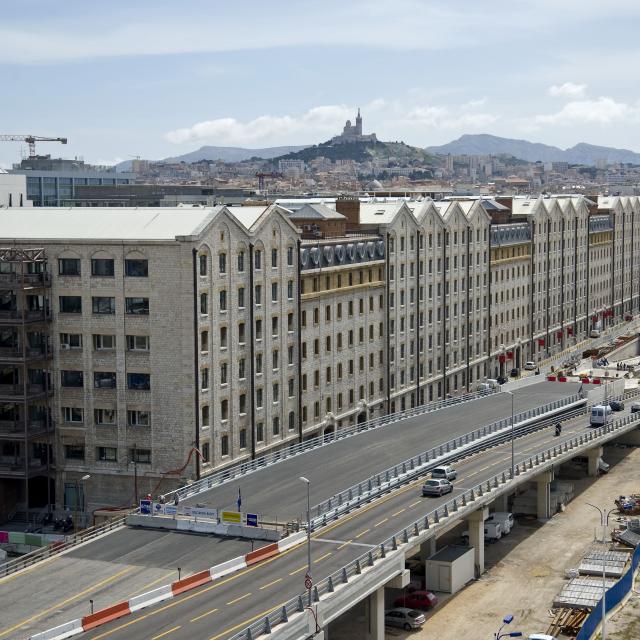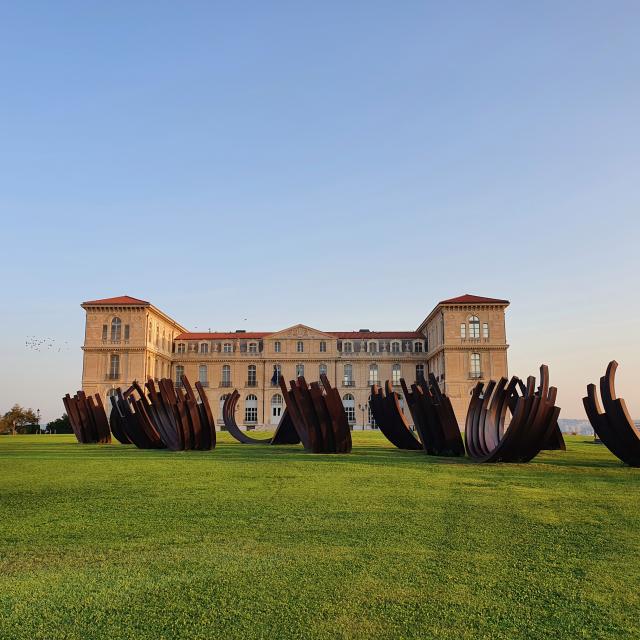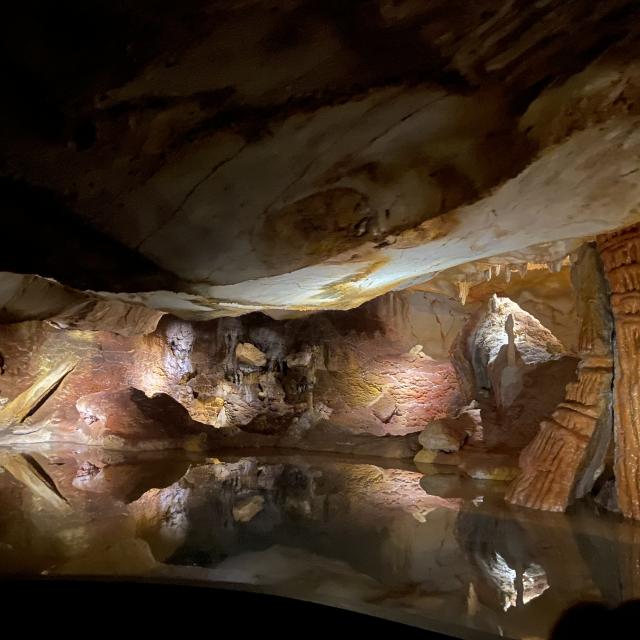A square created thanks to Louis XIV
In the 18th century, King Louis XIV planned to align the ‘Porte d’Aix ‘with ‘la porte de Rôme‘ in the old remparts of the city. In responseto the Sun King’s request, the rue Rome which ended at the level of the current Prefecture, was extended to the location of the Place Castellane as we know it today.
The Marquis Henri-César de Castellane-Majastre, who owned the land, gave it to the town free of charge in 1774 and thus, gave his name to the square. At the same time, he offered to finance the development of the square. In this way, in 1798, the first fountain and a washhouse were installed. In 1811, to celebrate the birth of the Emperor Napoleon I ‘s son, an obelisk was added to the square and remained in place, until 1911, then it was moved to the 9th district of Mazargues where it is still visible.
